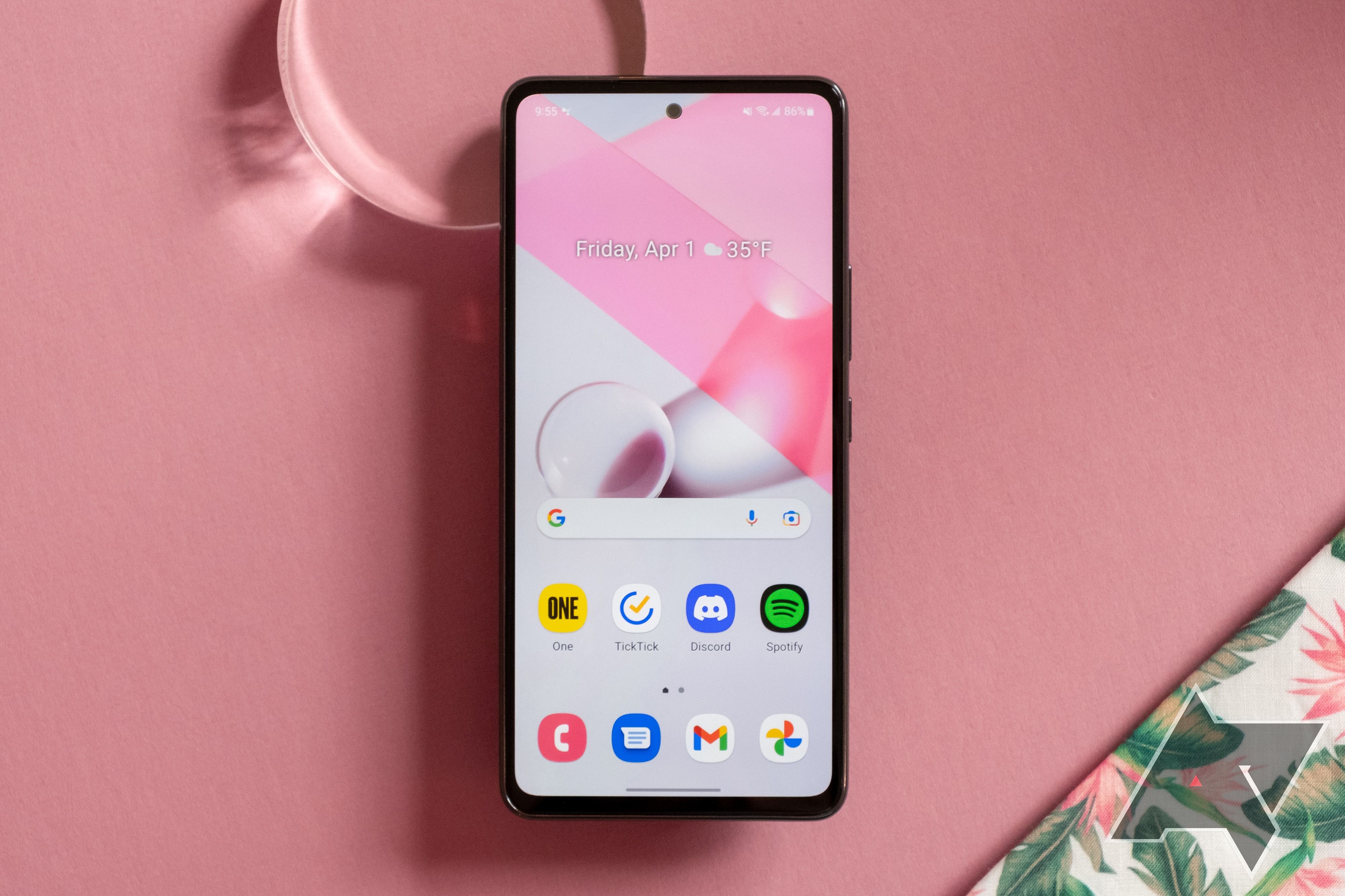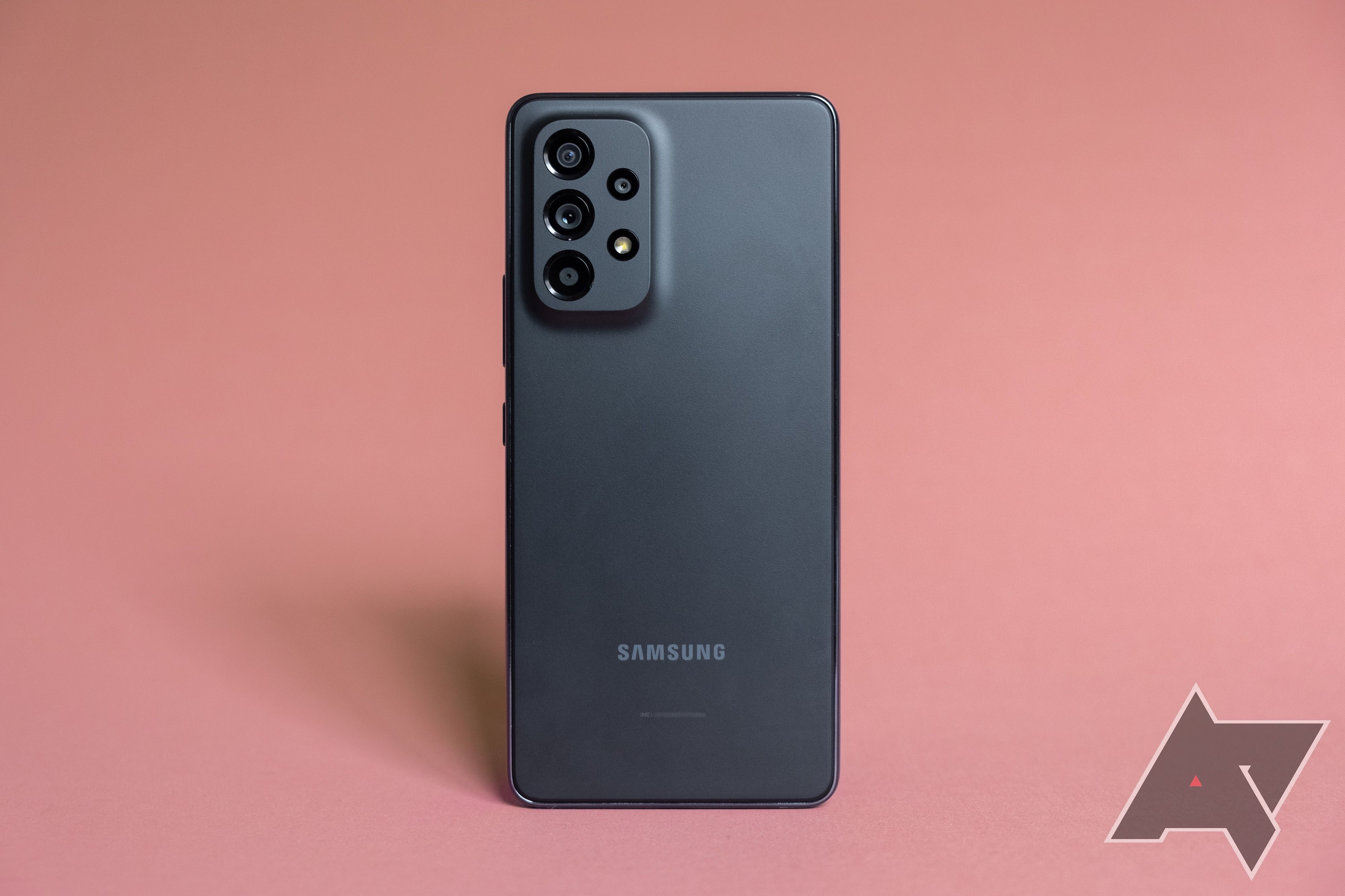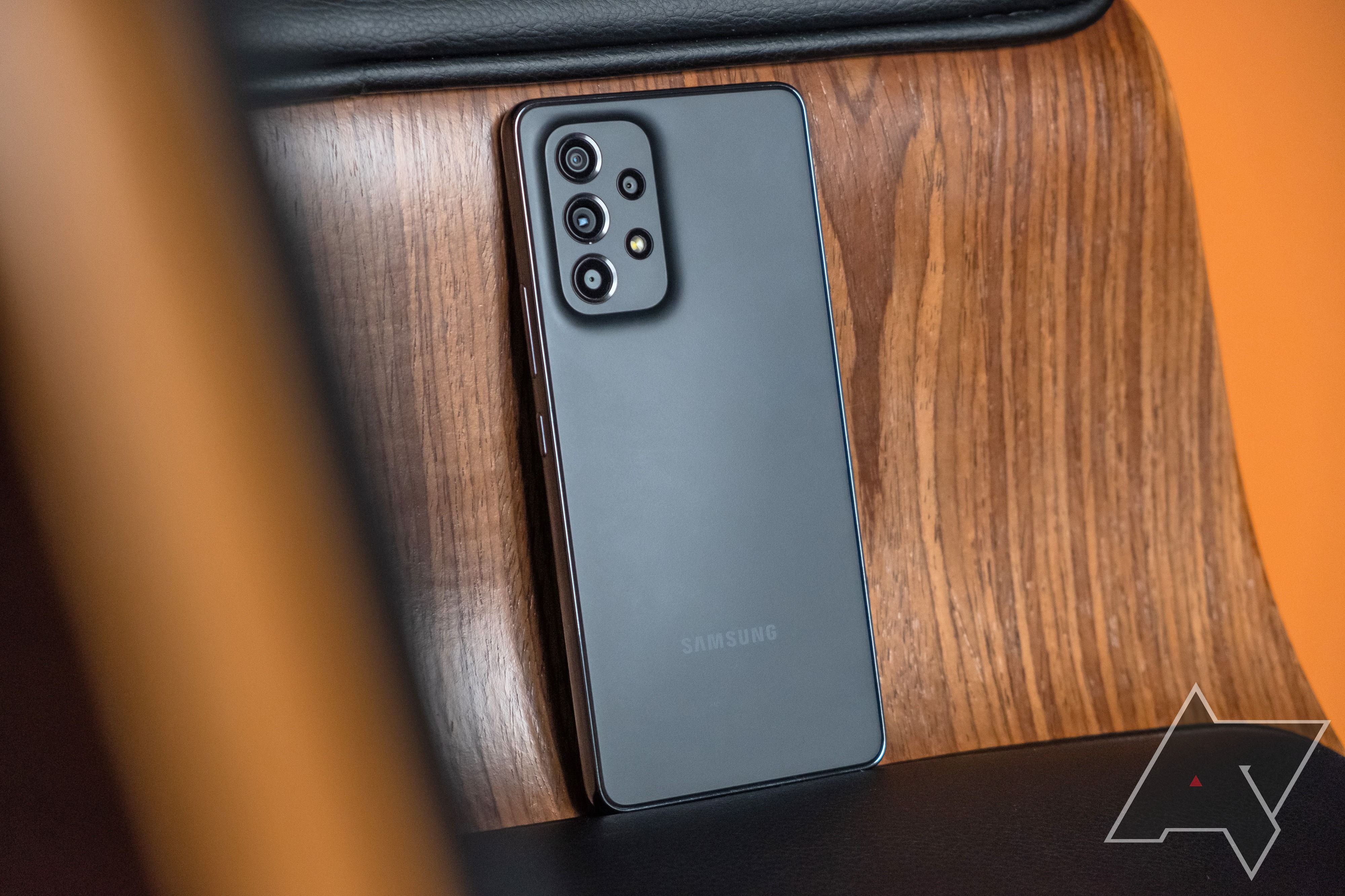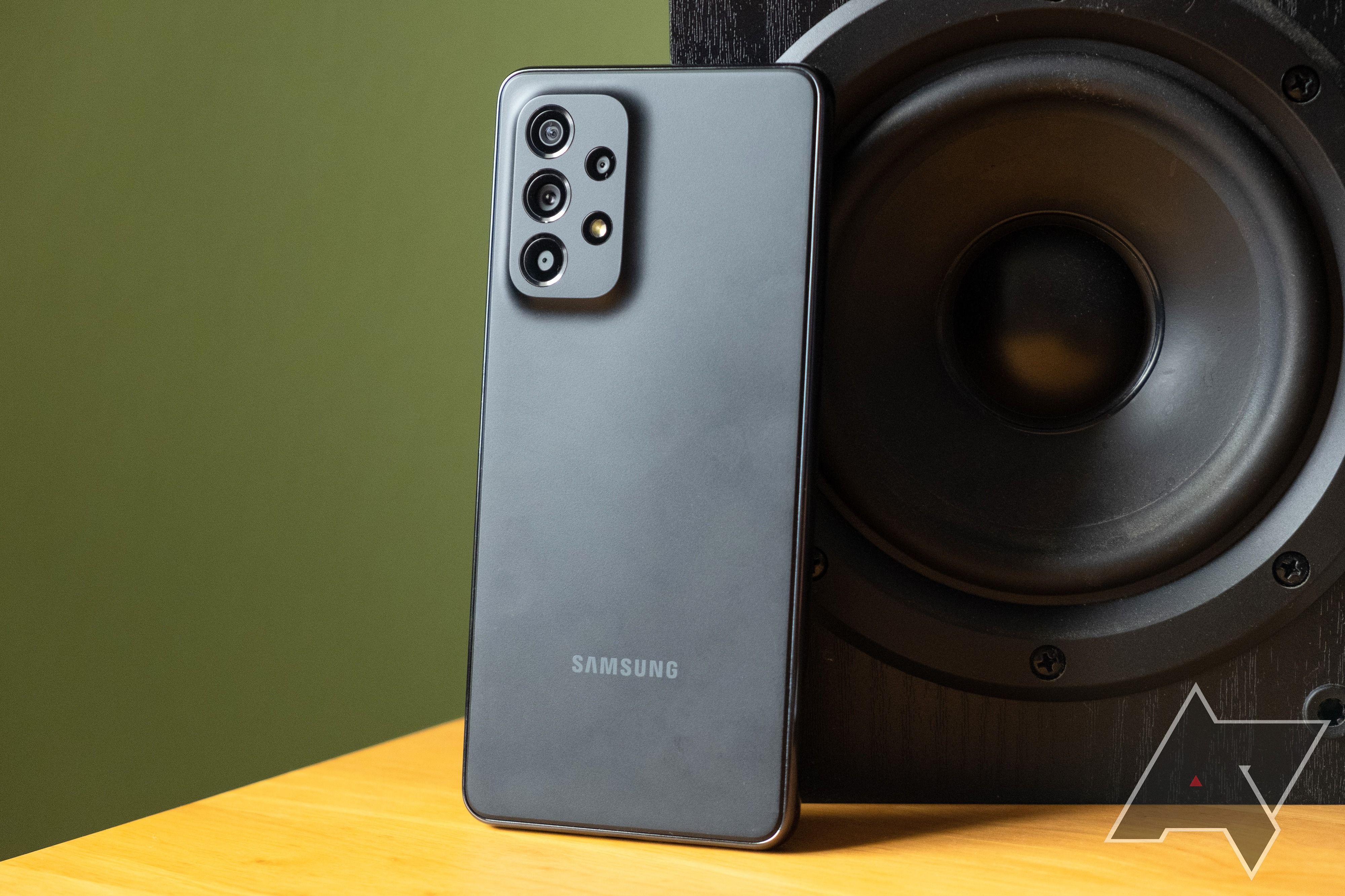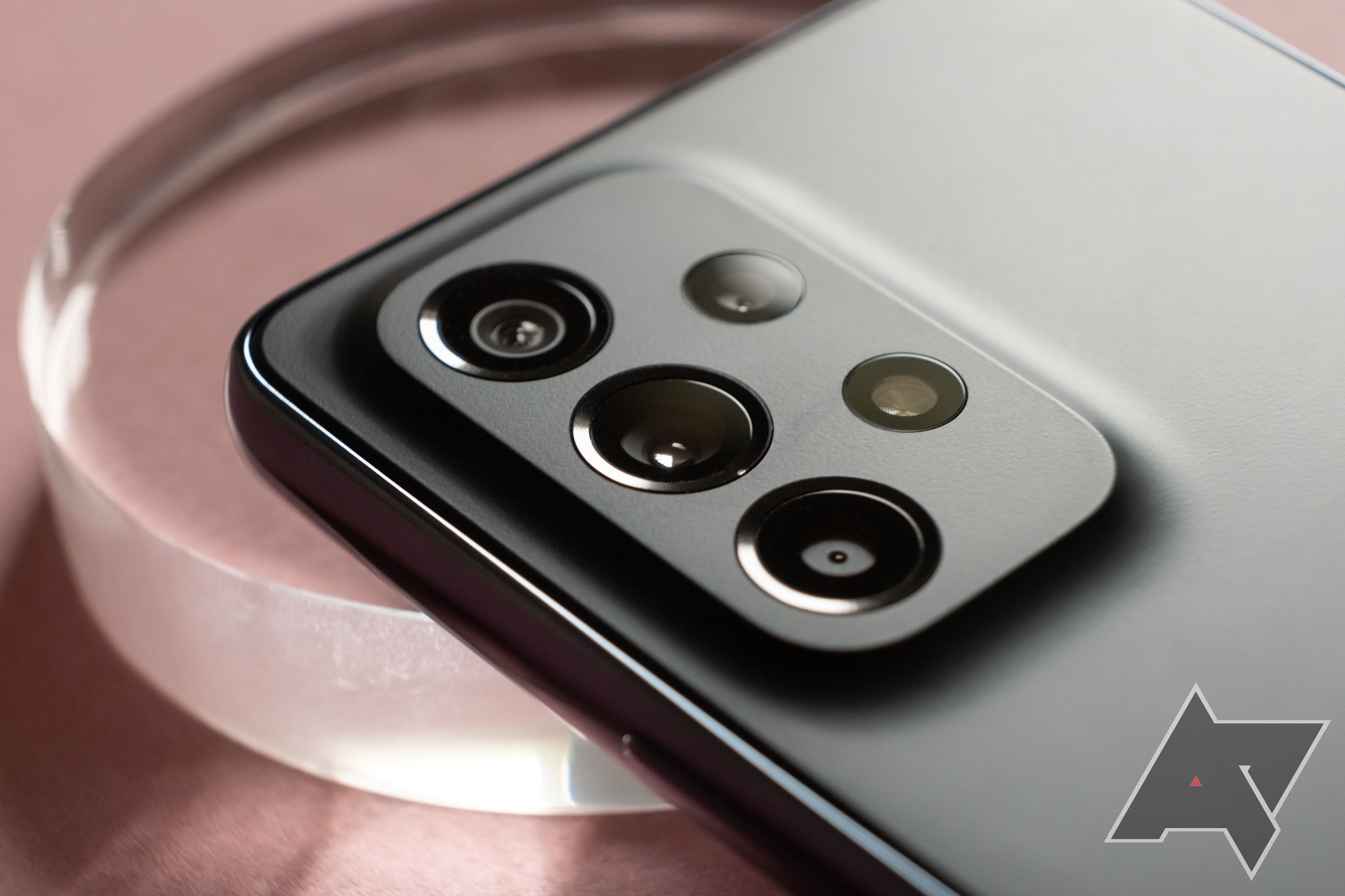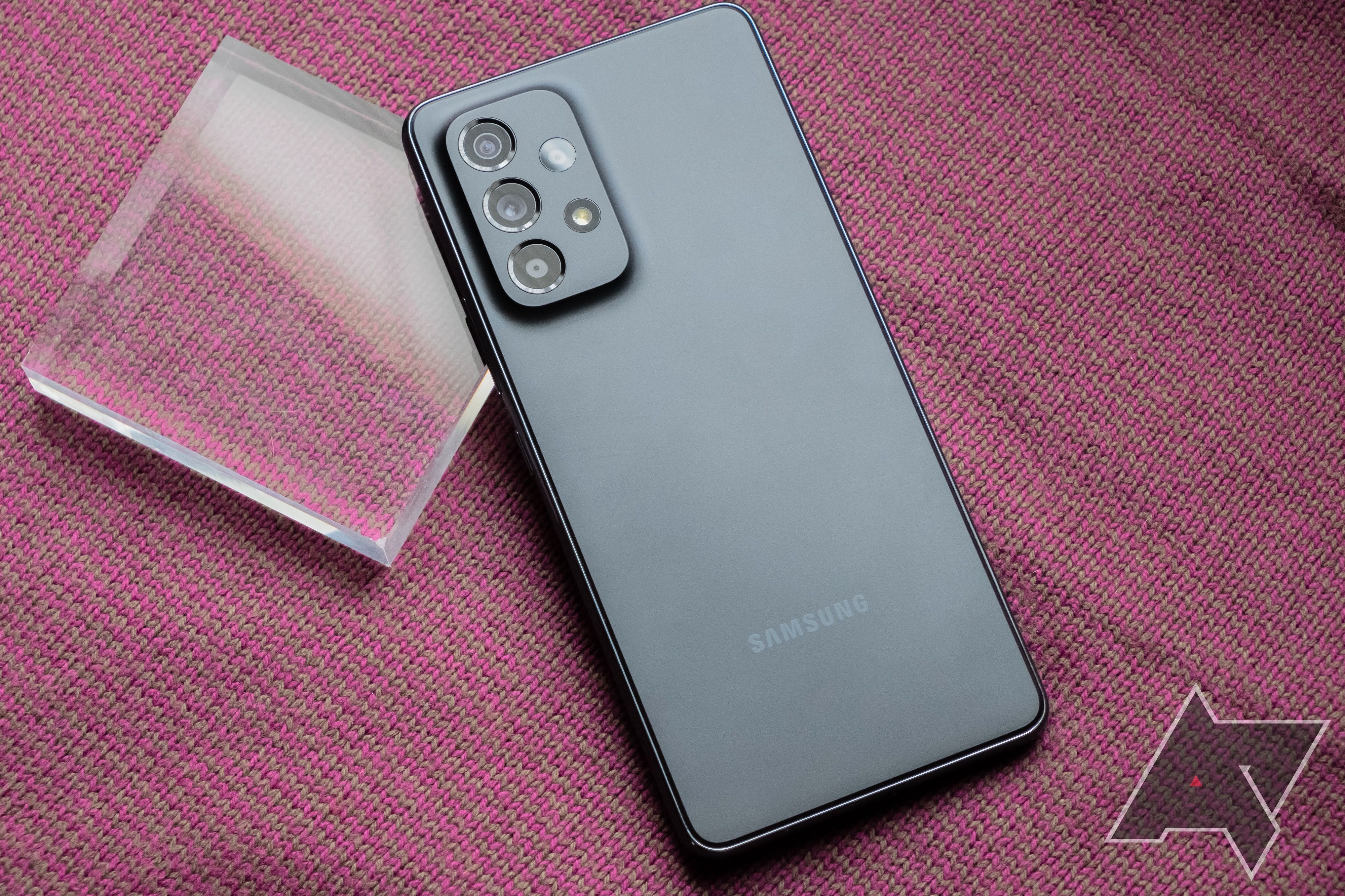Read update
- Longer-term impressions
Samsung makes a ton of competent mid-range phones, but 2021's Galaxy A52 5G was a particularly good value. At $500, it offered a better-than-it-needed-to-be 120Hz display, plus decent performance and cameras. This year's Galaxy A53 looks to strike a similar sweet spot: it's very similar to last year's phone, but it costs $50 less. That'd make for a pretty compelling package — if it weren't also a slightly worse phone.
Samsung Galaxy A53
The Samsung Galaxy A53 is a perfectly fine mid-range phone with a great 120Hz display, but minor downgrades from last year's Galaxy A52 5G make it a weaker value.
- SoC: Exynos 1280
- Display: 6.5" 1080p OLED, 120Hz
- RAM: 6GB
- Storage: 128GB, expandable by MicroSD (up to 1TB)
- Battery: 5,000mAh
- Ports: 1x USB Type-C
- Operating System: Android 13 with One UI 5.1
- Front camera: 32MP f/2.2
- Rear camera: 64MP f/1.8 primary, 12MP f/2.2 ultrawide, 5MP f/2.4 macro, 5MP 5/2.4 depth
- Connectivity: 5G, Wi-Fi 5, Bluetooth 5.1, NFC
- Dimensions: 159.6 x 74.8 x 8.1mm, 189g
- Colors: Awesome Black, Awesome Blue, Awesome White, Awesome Peach
- Display type: 6.5" 1080p OLED, 120Hz
- Weight: 6.67 oz
- Charge speed: 25W USB PD
- IP Rating: IP67
- Price: $450
- High-quality 120Hz OLED display
- Multi-day battery life
- $50 less expensive than the A52 5G
- No 3.5mm headphone jack, no charger in the box
- Inconsistent camera performance
- Feels a bit cheap
Design, hardware, what's in the box
The Samsung Galaxy A53 is a dead ringer for the A52 that came before it. It's the same design as last year, with a matte plastic back and glossy plastic sides. It's actually not exactly the same; it's almost imperceptibly shorter, narrower, and thinner. But if you asked me to pick out which phone I was looking at from a couple feet away, I probably wouldn't be able to. Internationally, it comes in some fun pastel colors, but here in the states, you can only get black. That's not terribly exciting, but given how handsome the A52 already was, that the A53 is a visual carbon copy isn't a bad thing.
It doesn't feel quite as nice as the A52 did, though. The plastic on the back of the phone feels very, well, plasticky, and it buckles a little if you press your finger in the middle. That'll almost definitely never matter in using the phone — it sure hasn't for me — but it's a bummer that this year's phone feels cheaper than last year's (even if it is).
The phone's display is also unchanged, as far as I can tell. It's a 1080p OLED panel at 120Hz, just like it was last year. And just like it was in the A52, it's great for a phone in this price range: colors pop, viewing angles are good, and the high refresh rate makes practically everything you'll do on the phone feel a little nicer (especially compared to something like a Pixel 5a or iPhone SE, both of which have 60Hz screens).
One display quirk I've noticed: despite being a flat panel, the screen picks up tons of accidental touches around the edges when I'm using it one-handed. I've accidentally triggered voice typing while trying to type with one hand probably half a dozen times in the past week alone. This doesn't even happen to me on phones with curved edges like the S22 Ultra and Pixel 6 Pro. It's annoying, but not too annoying.
The A53's stereo speakers, one in the earpiece and one on the bottom edge of the phone, to the right of the USB port, are surprisingly loud and full for a $450 phone. They're no substitute for earbuds or a Bluetooth speaker, but they're definitely okay enough for casual games and YouTube.
The most notable change from the outside is that Samsung's ditched the 3.5-millimeter headphone jack. As a dyed-in-the-wool tech dork with more wireless earbuds than I can count, that doesn't bother me in the slightest, but most budget phone shoppers don’t have a similar mountain of Bluetooth accessories. If nothing else, I would've appreciated an adapter to use wired earbuds through the phone's USB port. I think this change is going to leave a lot of Galaxy A customers feeling a little burnt.
Another cut worth mentioning: the charger. The A53 comes in a very slim box with only some literature, a SIM ejector, and a chintzy USB cable — BYO wall wart. I think high-end devices leaving the charger out of the box is fine; if you're spending a grand or more on a phone, odds are good you've got a charger or four already. But a cheaper phone like this should really include everything required to use it.
Software, performance, battery life
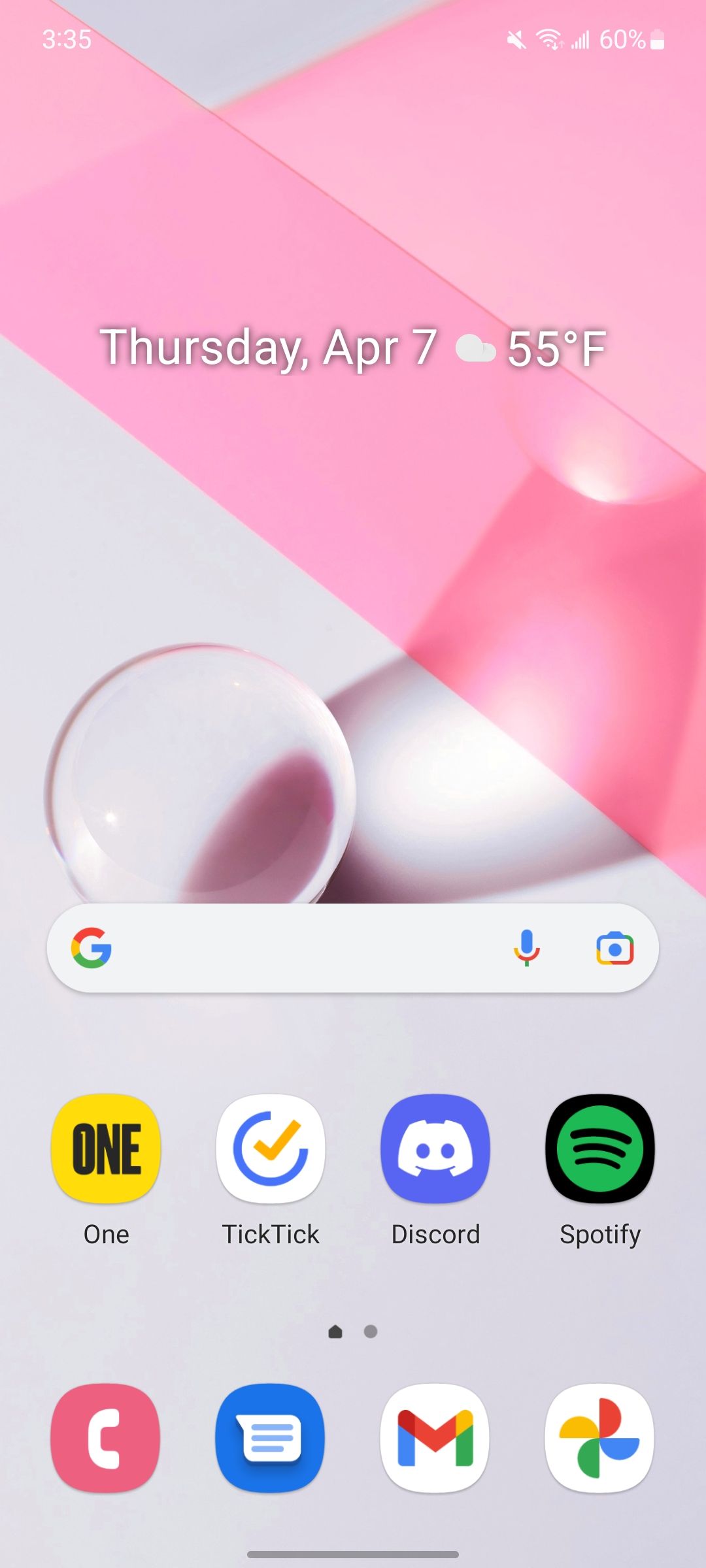
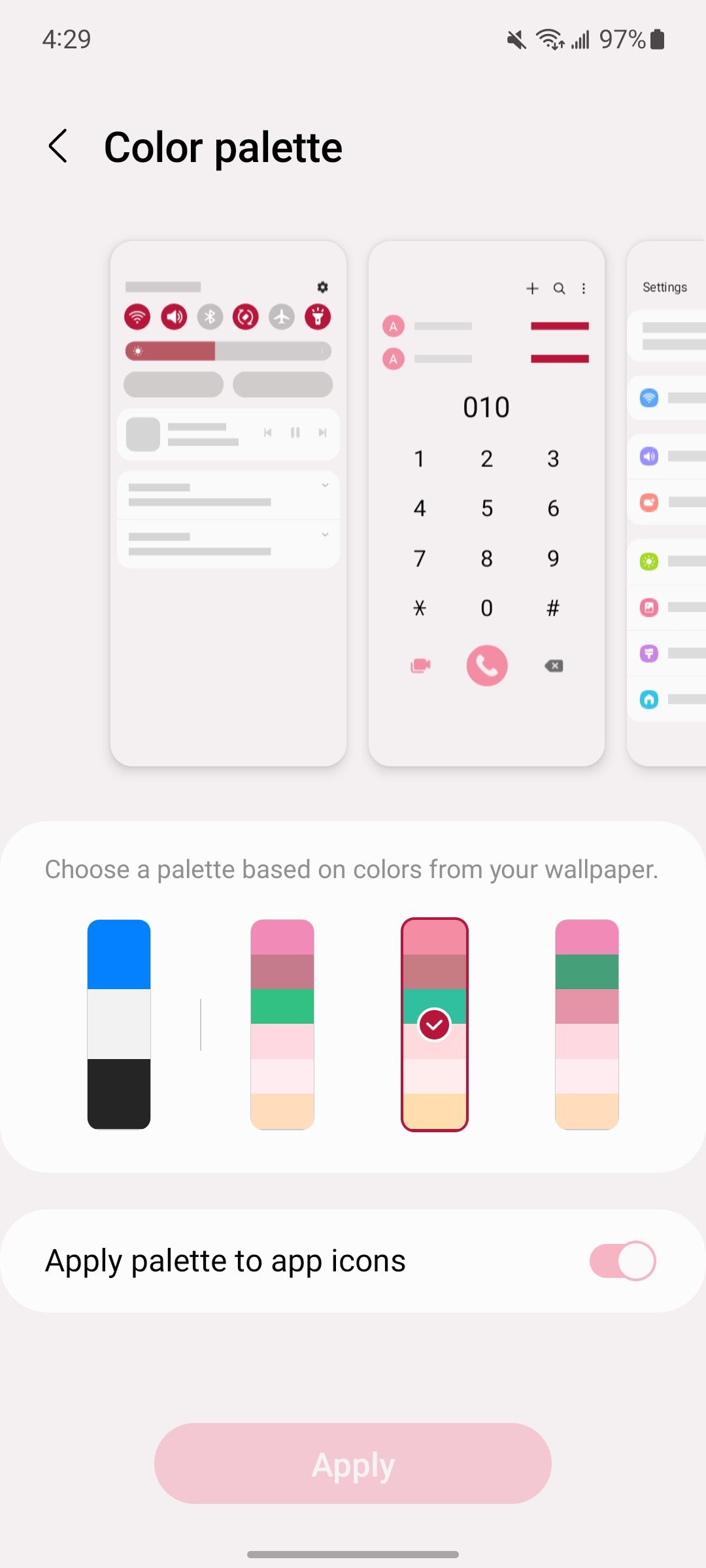
Out of the box, the A53 is running One UI 4.1 over Android 12. I still don't like most of Samsung's apps much, but One UI itself is as inoffensive as it's ever been. Some parts make very little sense to me — why does the app drawer open with a vertical swipe then scroll horizontally? — but it's generally not difficult to use, and the Material You-style dynamic theming Samsung offers displayed in 120 luxurious frames per second gives the interface a very modern feel.
Samsung made the switch from mid-range Snapdragon silicon in the A52 5G to its own Exynos 1280 chipset in the A53. The difference, for the most part, is minimal. Like the A52 did, the A53 does most normal phone stuff very quickly: poking around the interface, opening and switching apps, and playing games are all fast enough, even coming from the burly Galaxy S22 Ultra. The only place performance is ever notably poor is in the camera app — but more on that in a bit.
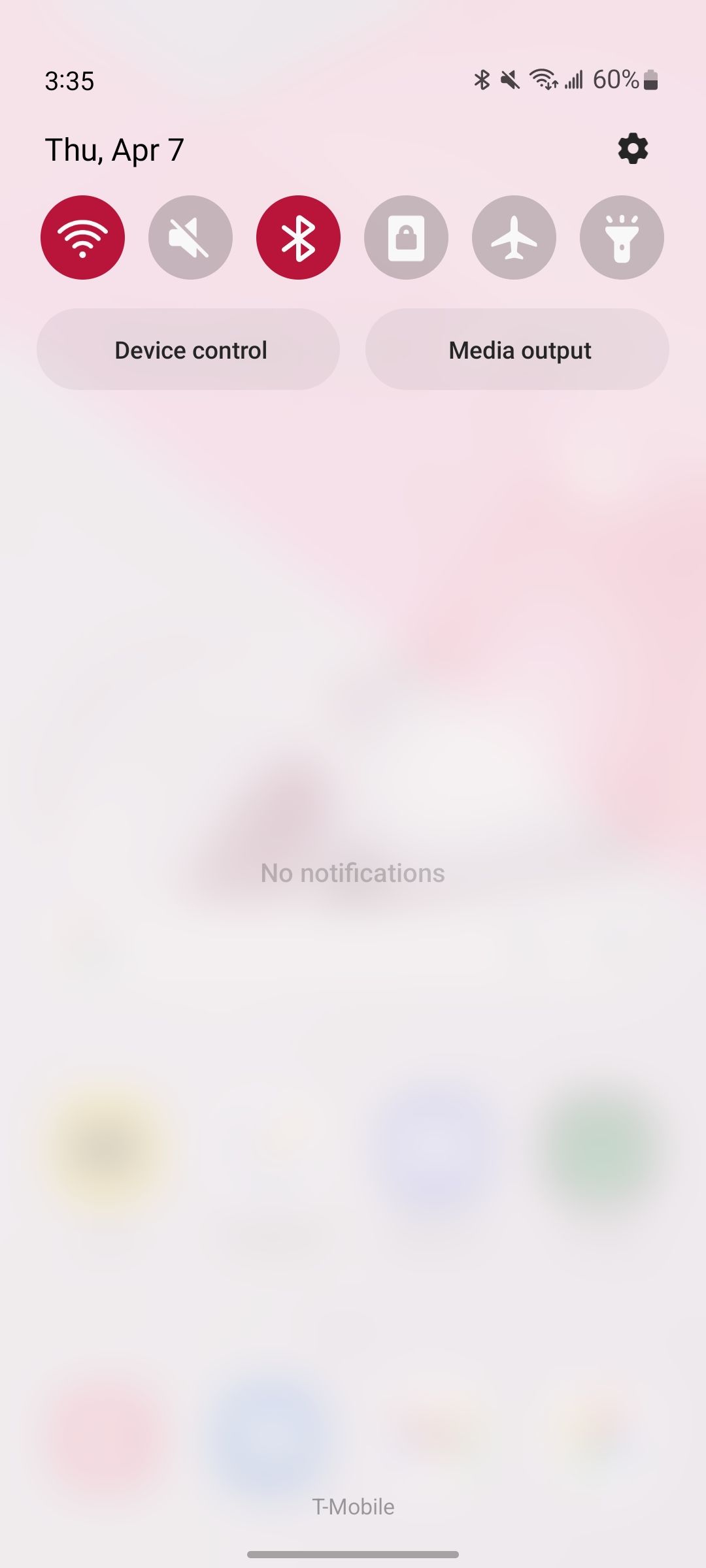
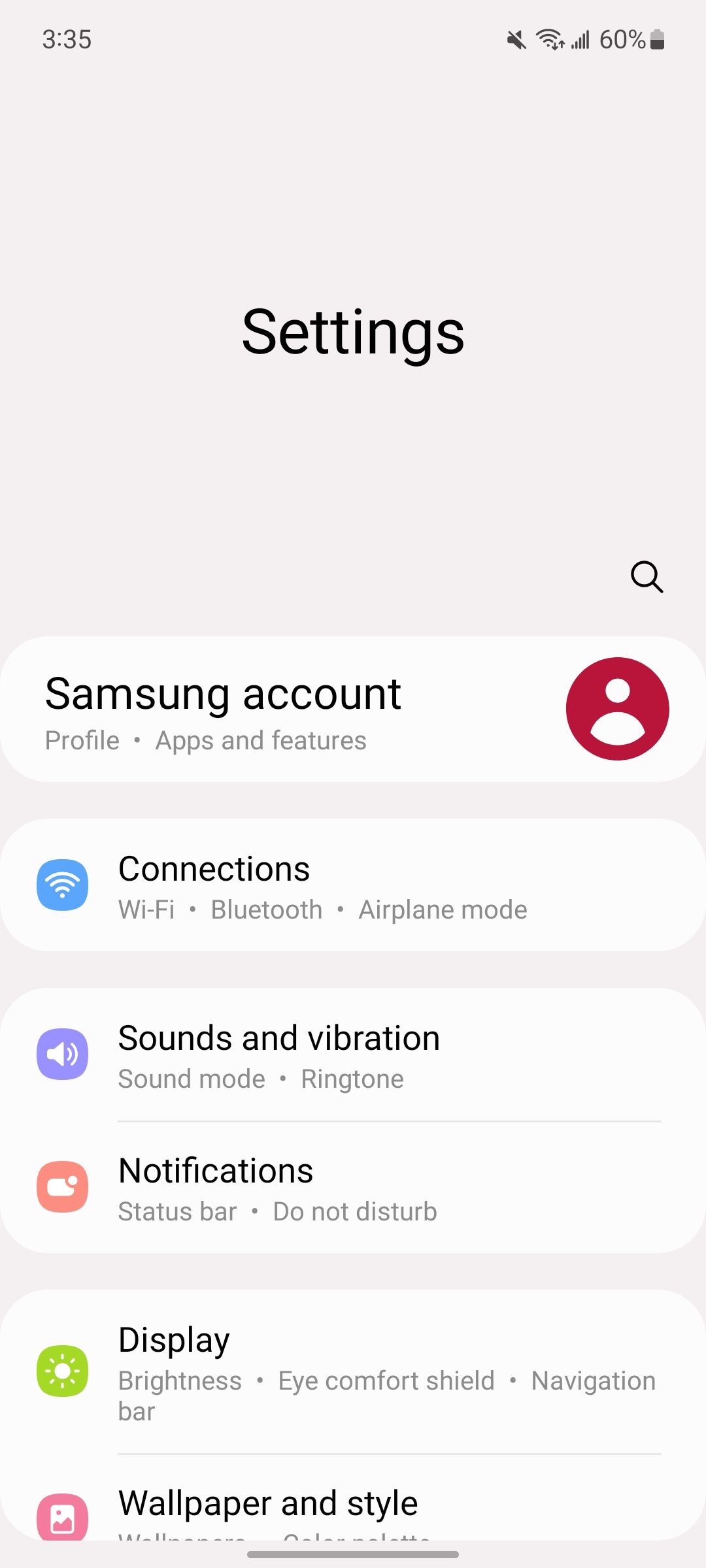
The A53 has a slightly larger battery than the A52 did: 5,000 milliamp-hours to last year's 4,500. With light-to-moderate use, it's not hard to make it last more than 48 hours; I've woken up with as much as 20 percent left in the tank on the third morning of a single charge. Heavier use will see you topping up daily, though. The A53 can take wired chargers up to 25 watts, but it doesn't support wireless charging at all.
Cameras
The A53's camera hardware is identical to the A52's, spec for spec. There's a 64-megapixel primary sensor at f/1.8, a 12-megapixel ultra wide at f/2.2, and two basically useless five-megapixel f/2.4 cameras — one for macro, one for depth. The front-facing camera is also unchanged at 32 megapixels and f/2.2.


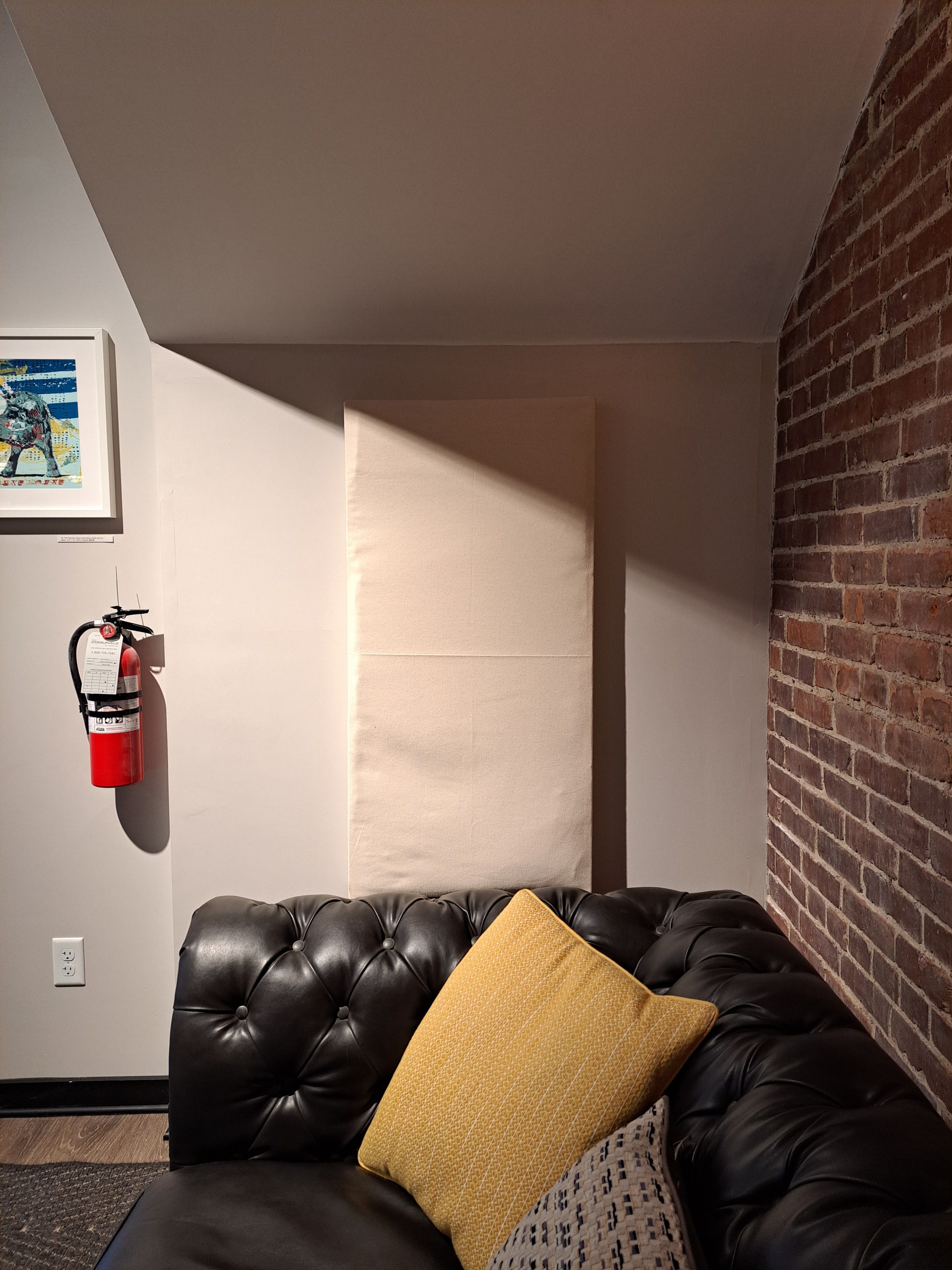

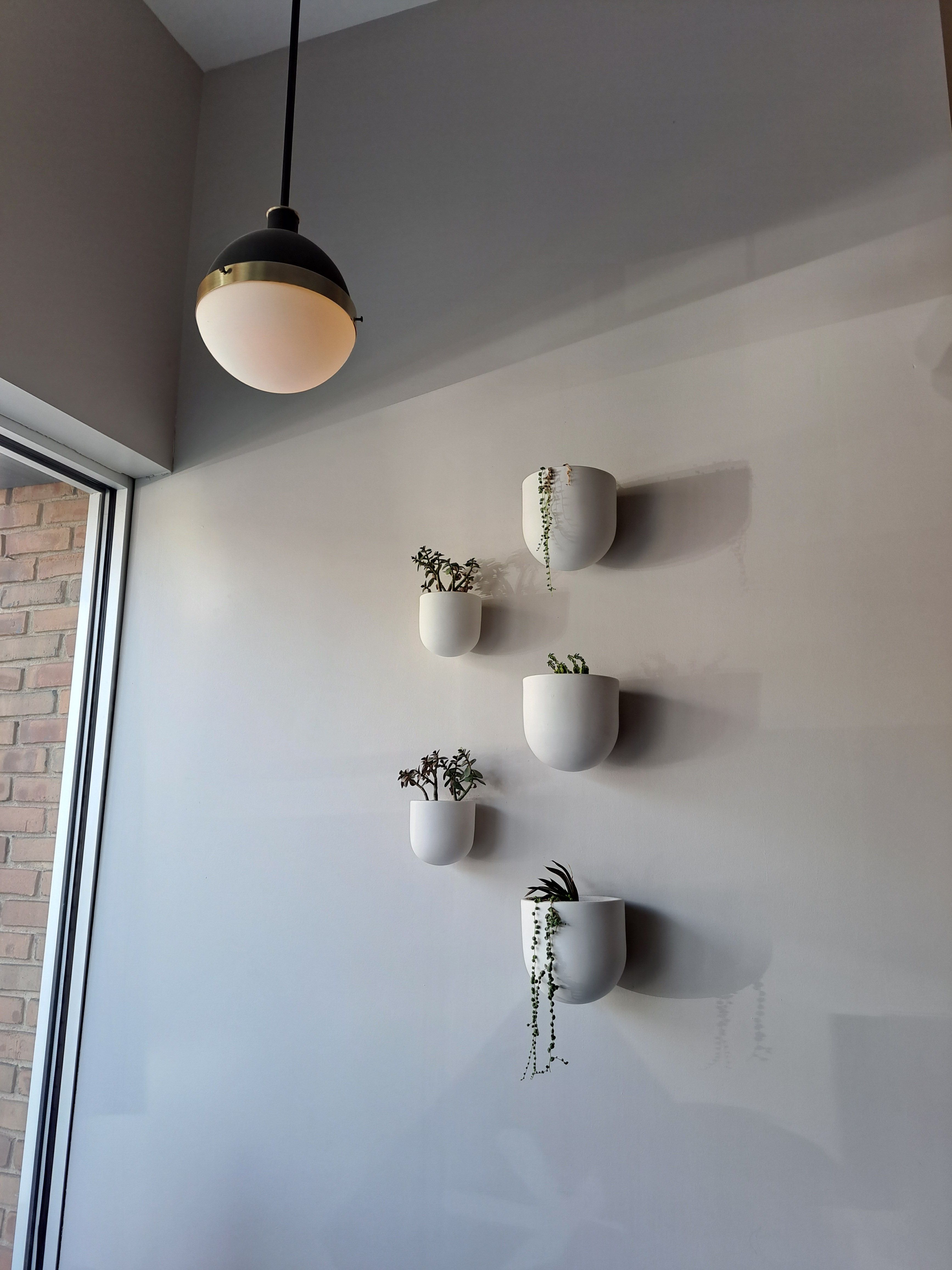



Pictures from the A53 are decent for a mid-range phone. In good light, shots from the primary, ultra-wide, and selfie cameras are sharp and contrasty and colorful, just the way I like 'em. In more challenging conditions, things start to unravel; noise is an issue in low light, and you're never going to get a sharp photo of a moving subject at night. The macro camera, like most cheap phones' macro cameras, is more or less useless; ditto the depth sensor.
These are all normal mid-range camera complaints, and I had all the same problems with the A52's (identical) cameras. But the A53 introduces a new issue: the camera is really slow sometimes. Double-tapping the power button should ideally pop open the camera app nearly instantly, but on the A53, it can take a full two-Mississippi for the viewfinder to appear.

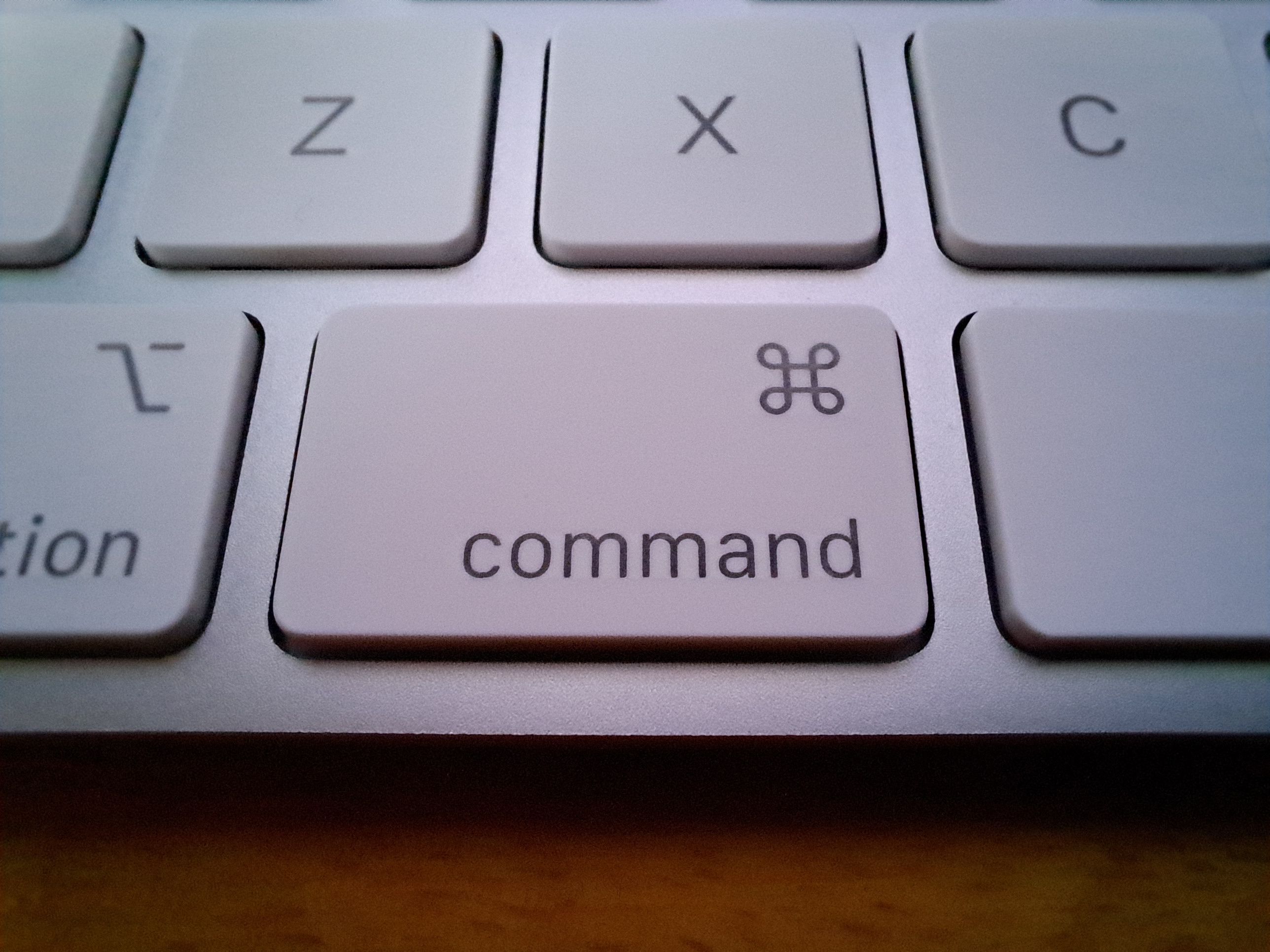
There's also occasionally a significant delay from when you press the shutter button to when the phone actually takes a picture — sometimes a couple seconds. I don't want to overstate the issue; it's not pervasive, but it definitely happens often enough to bother me. I typically notice the worst shutter lag in dark settings, but it occasionally crops up elsewhere. I've missed shots in broad daylight because of it.
Should you buy it?
I'd look at other options first. At $450, the Galaxy A53 offers a great display and snappy performance (typically) — plus legendary software support. Samsung's committed to four years of OS updates and five years of security patches. That's as good as you'll find on any Android phone right now, and it makes the Pixel 5a — which launched last year and is slated to stop getting updates in summer 2024 — look foolish. It's actually longer support than Google is offering even with its Pixel 6 series.
But with inconsistent camera performance and year-over-year downgrades like the removal of the headphone jack and bundled charger, the A53 isn't the easy win the A52 was, even if it is 50 bucks cheaper. At the very least, wait and see what the Pixel 6a is all about — we could know as soon as Google I/O.
Buy it if:
- A good screen and speakers attached to an okay phone is all you need.
- You prioritize long software support on a budget.
Don't buy it if:
- You've got a Galaxy A52 5G. The A53 is barely an upgrade — and in some ways, a downgrade.
- You don't need a new phone right away. The Pixel 6a is right around the corner and could be a better buy.
UPDATE: 2022/05/18 BY TAYLOR KERNS
Longer-term impressions
The weeks since our initial review haven't colored my opinion of the Samsung Galaxy A53 much: I still think it's still a decent mid-range phone with a great screen. Using the phone side-by-side with the $600 Pixel 6, I've come to more fully appreciate that display. I used to not mind 90Hz (the max refresh rate for the Pixel 4, 5, and 6), but 120Hz is finally starting to spoil me, and the A53 having a 120Hz display for $450 has shifted my mid-range expectations. Samsung's update commitment — again, four years of OS updates and five of security — is also head and shoulders over what most mid-range devices offer. Hell, it beats some flagships.
Everything else about the phone is pretty pedestrian; build quality, performance, and cameras here are all squarely okay. Still, getting an excellent screen and class-leading update support in an otherwise middling phone for $450 is kind of a great deal. If you need to buy a phone in this price range today, I don't have any hangups recommending the A53. As a whole, it's very good.
We initially recommended holding off on the A53 until we knew more about the Pixel 6a, though, which we figured would be priced similarly. We now have official confirmation that the 6a is coming in July, also for $450. The choice between that phone and this one is going to be complicated: with the same Tensor CPU as the Pixel 6 series and the same primary camera sensor as the Pixel 5, the Pixel 6a is going to run circles around the A53 when it comes to performance and photography. But we also now know that Google's upcoming phone is sticking with the same 60Hz refresh rate as prior Pixel A-series phones, which, given the A53's great high-refresh panel, is disappointing. It's a tough call, but barring any major surprises nearer launch, it looks like the 6a will be the better buy for most people.
Perhaps in recognition of the pricing conundrum, the A53 has been showing up on sale around the web. Amazon has marked it down to $350 a few times, which makes it a much more compelling option. If you really value display smoothness or just don't want to buy a Google phone, though, the A53 will be a good fit for you. It might not be quite as strong a value as the A52 5G was, unless you can pick it up for $100 off, but it's still one of the best budget phones money can buy.
FAQ
Q: How does the Samsung Galaxy A52 5G compare to the Samsung Galaxy A53?
Last year's A52 5G is a lot like the new A53: same screen, same cameras, same look. But the A53 doesn't have a headphone jack or come with a charger — the A52 5G does. The A53 also uses an Exynos chipset instead of a Snapdragon one. Overall performance is similar, but camera performance takes a hit in the A53.
Q: How does the Google Pixel 5a compare to the Samsung Galaxy A53?
The Pixel 5a has much better cameras than the Galaxy A53 does, but the A53 has a nicer display (both are OLED, but the Samsung is 120Hz) and longer pledged software support (four years of OS updates and five years of security patches to the Pixel 5a's three years — which are up in August 2024).

